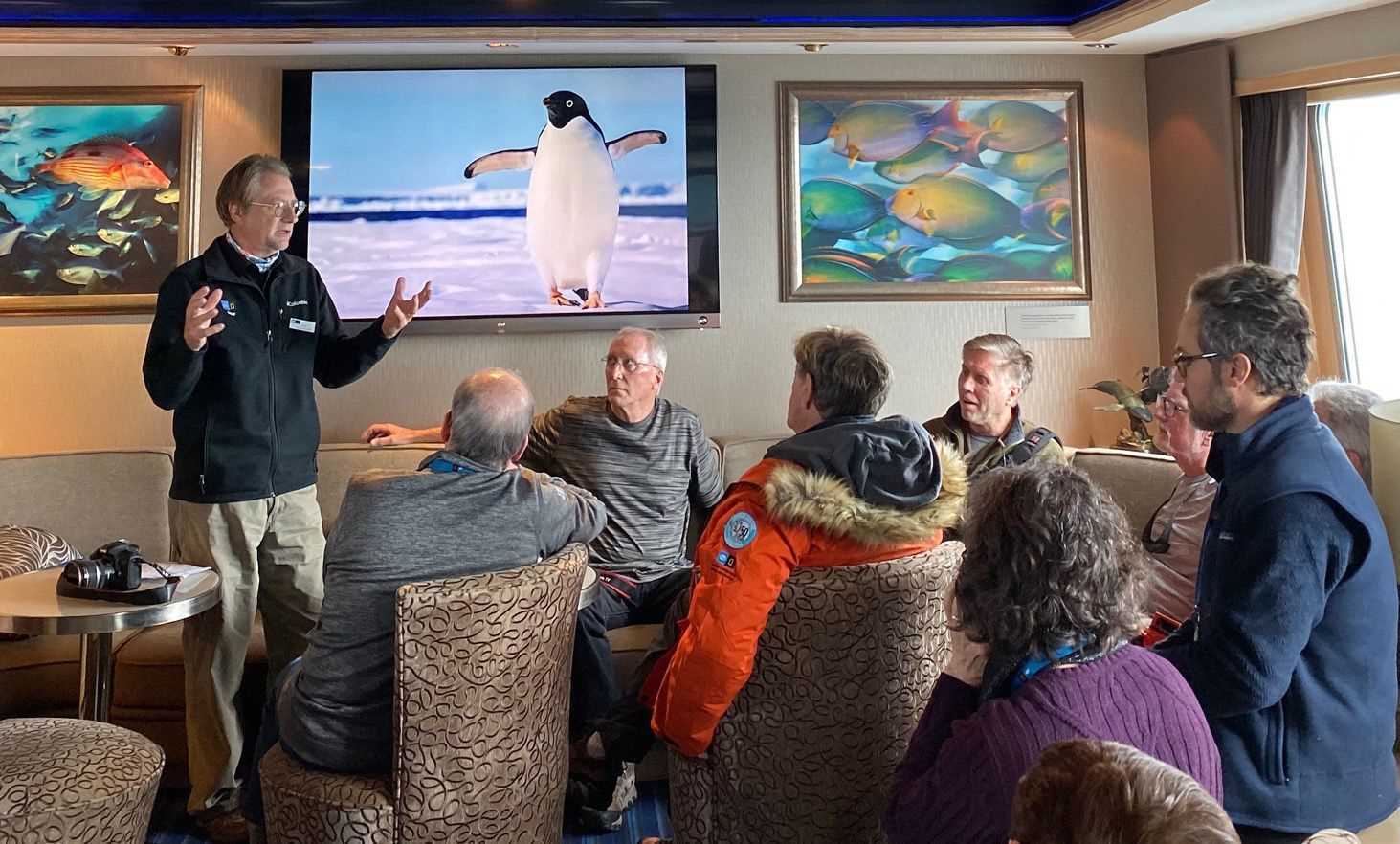While situated in one of the most remote segments of the world’s oceans, the Drake Passage remains an important part of exploring Antarctica. Overnight, National Geographic Orion transited the Beagle Channel outbound from Ushuaia and entered the open sea. With winds and waves behind us, by evening on this first day of 2020 we’ve sailed more than half the distance to our polar destination. Regional tectonic events drove the separation of South America and Antarctica about 30 million years ago and created the Drake Passage, resulting in changes to global weather and ocean circulation that isolated the continent and strongly influenced its icy climate that persists today. A tremendous amount of water flows through this bottleneck between Cape Horn and the northern tip of the Antarctic Peninsula – an estimated 200 million cubic meters every second, the equivalent of a thousand Amazon Rivers.
Born the eldest of 12 sons, Sir Francis Drake’s fascination with sailing began when his family lived in an old ship. During Tudor times, England’s population was growing rapidly and the desire for power and territory increasing. Queen Elizabeth I was eager to follow in Spain and Portugal’s explorative footsteps. She sent Drake on a voyage, shrouded in secrecy, to intercept the gold and jewels the Spanish were removing from South America and shipping back to Europe across the Isthmus of Panama. In this effort Drake was spectacularly successful, capturing riches beyond his and his backer’s dreams.
Sir Francis Drake then became the first Englishman to circumnavigate the globe. The trip lasted 1,020 days between 1577 and 1580 that for Drake amounted to an epic foray of discovery and adventure set across 36,000 sailing miles. In 1578, exiting the Strait of Magellan into the Pacific, Drake’s fleet met fierce winds and strong currents that pushed the ships south and east to a latitude of 57°S, where they were surprised to find open water (to this point, Tierra del Fuego was believed part of the mysterious southern continent). Later, his serendipitous discovery, ultimately named Drake Passage, offered possibilities of a more southerly route around South America though officially the path around Cape Horn would not see charting for another forty years.
In the long-standing manner of geographic naming and exploration, Sir Francis Drake himself never actually sailed these waters. By making this passage, we follow in the footsteps of many of history’s greatest mariners, hopefully leaving each of us with a sense of the past and polar adventure in equal measure.







